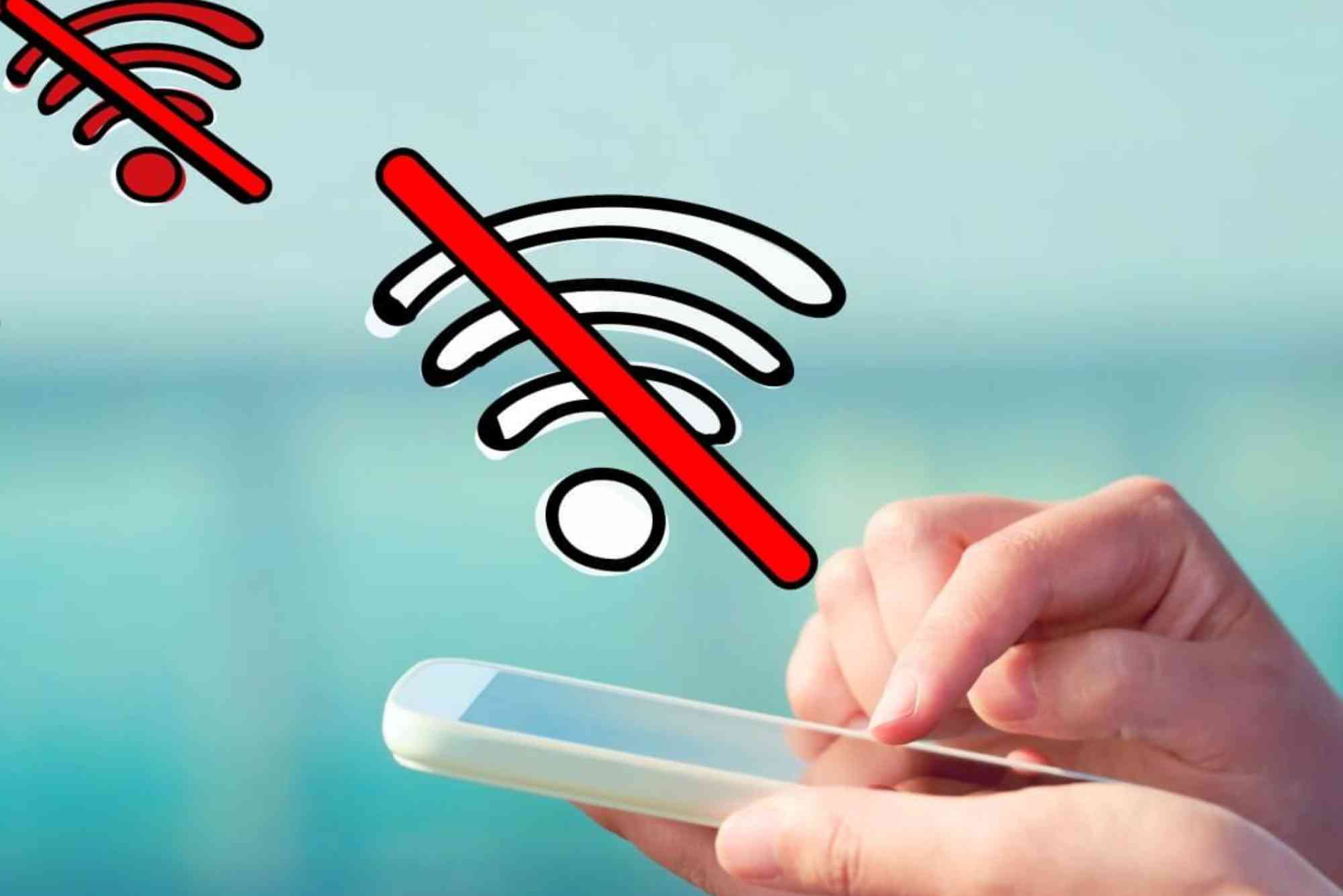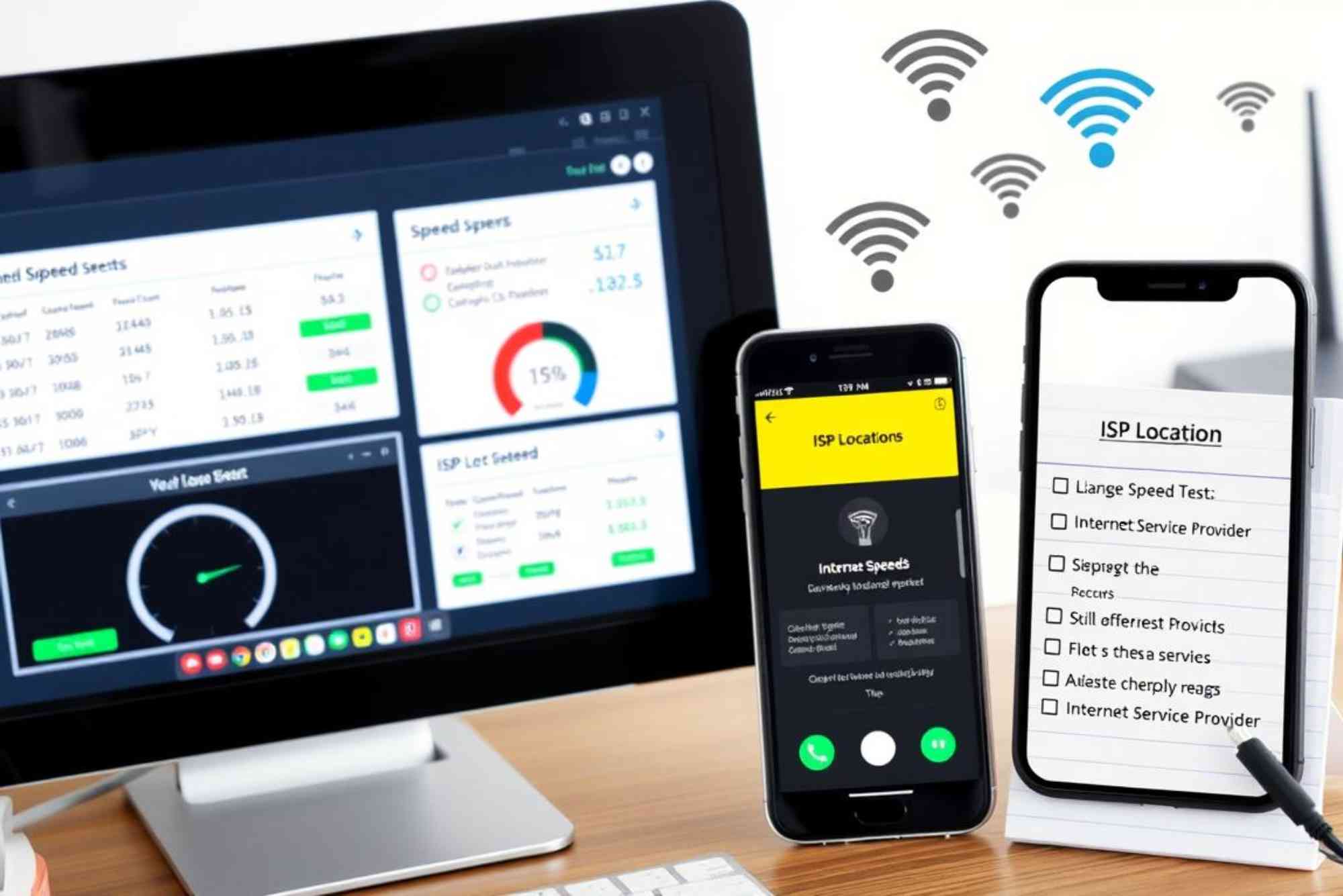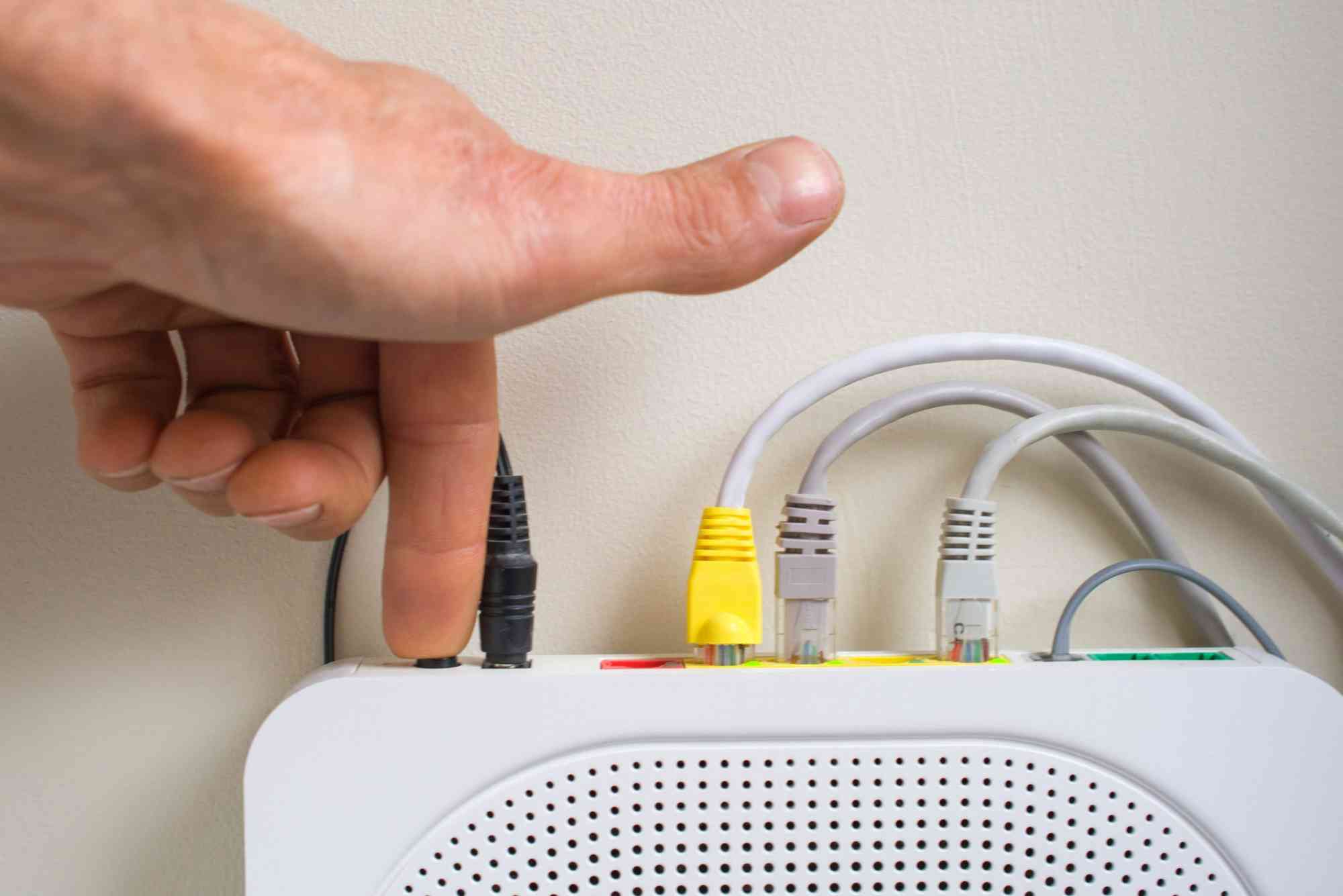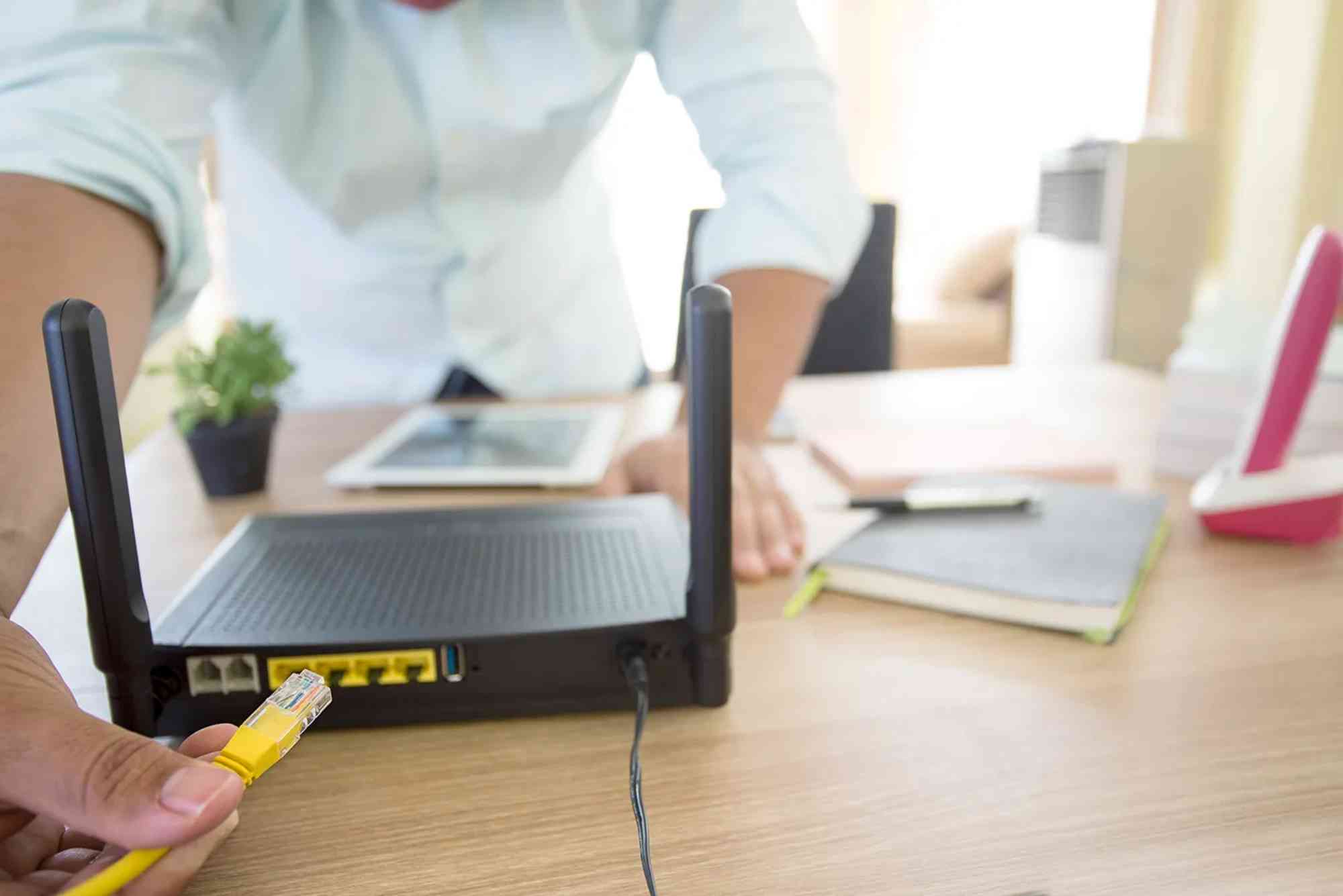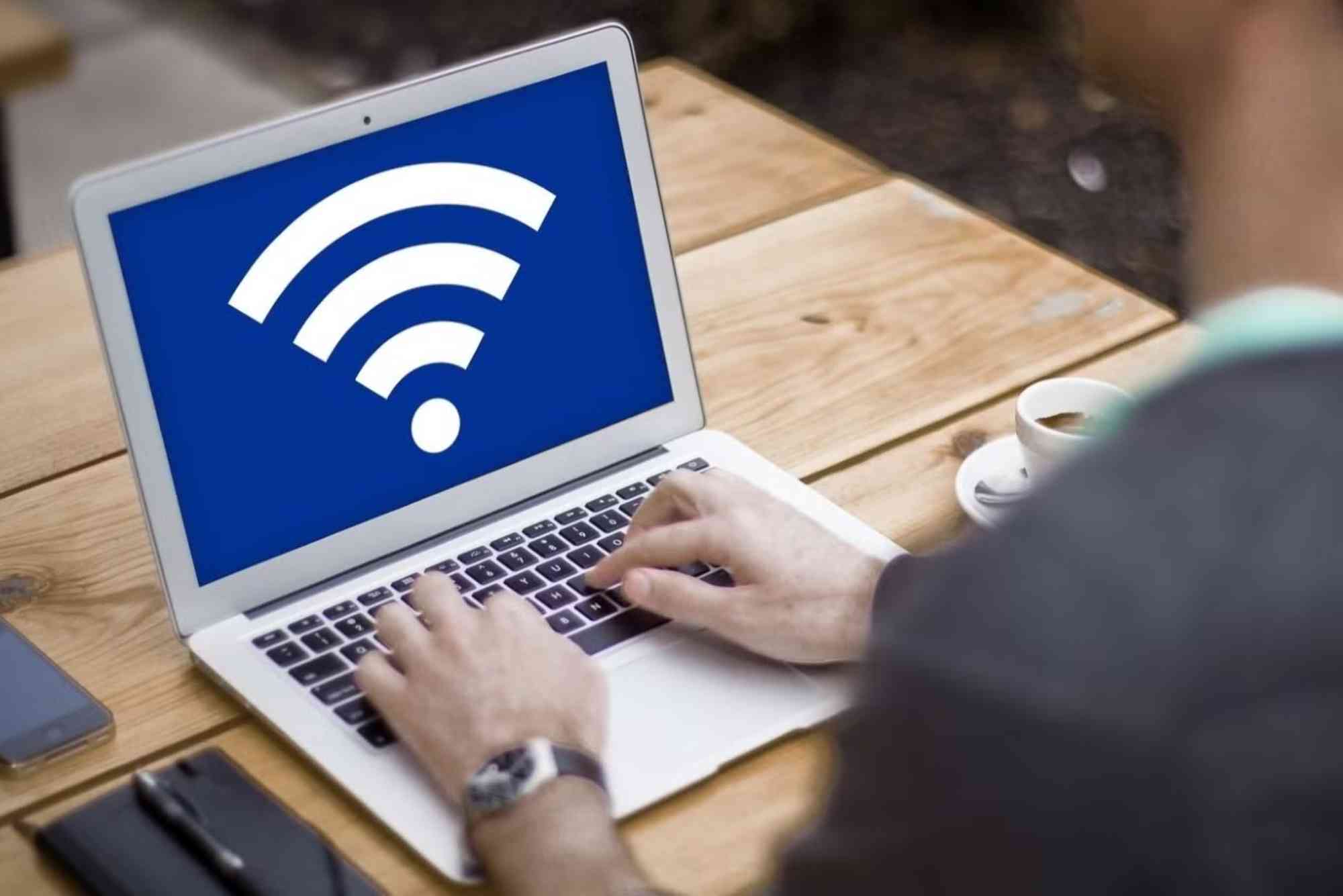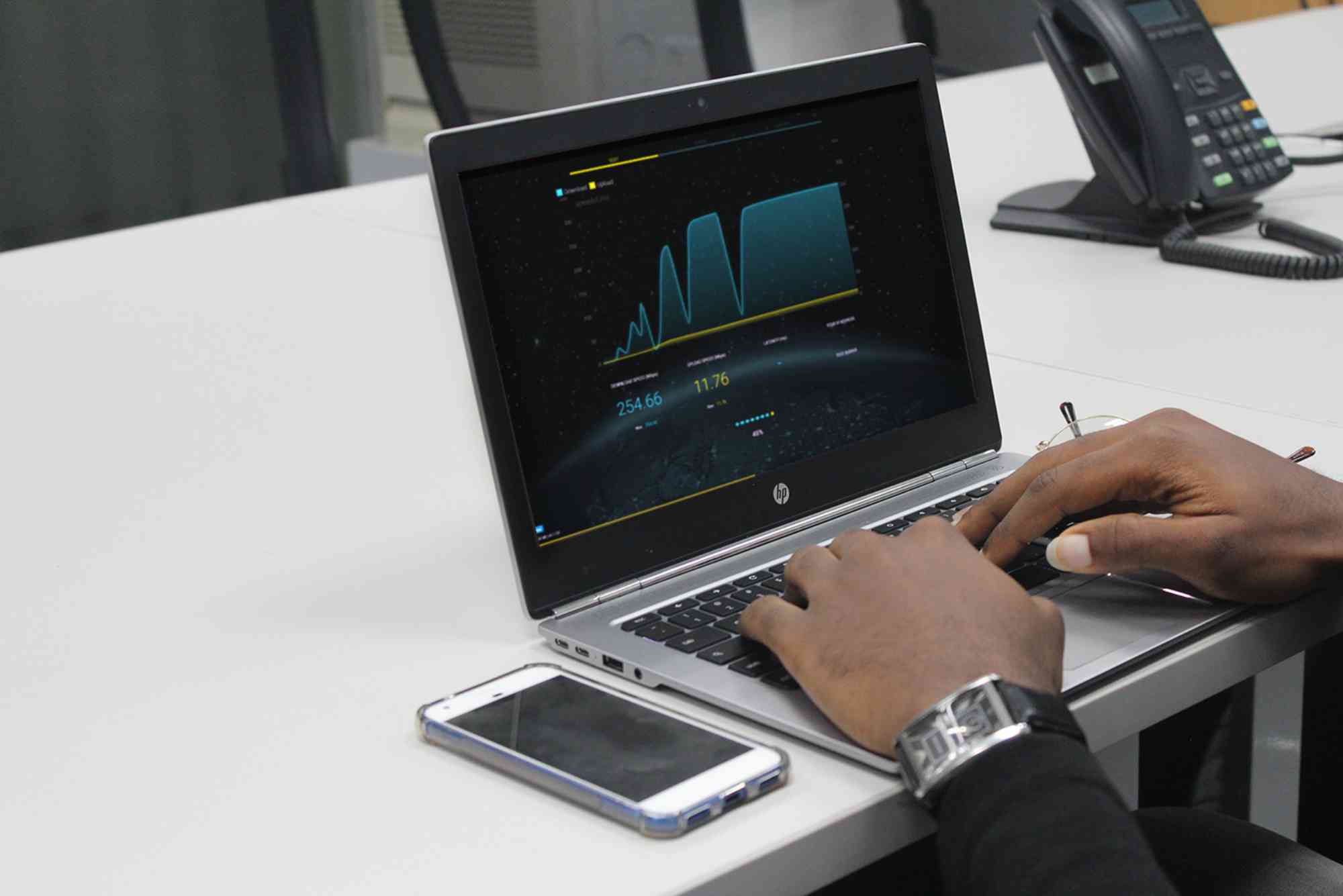Introduction
Few things are more frustrating than when your device can’t connect to your router. Whether you’re trying to work, stream a movie, or join an Orange Theory Mountain View fitness class online, a failed connection can derail your plans instantly. If you’re staring at the dreaded “No Internet” warning, don’t worry. This guide explains why devices lose connection and, more importantly, how to fix it quickly.
Why Your Device Can’t Connect to Router
When your device can’t connect to your router, the cause usually falls into one of a few categories. It could be a simple software glitch, a problem with your Wi-Fi settings, or a larger issue with your router or internet provider. Understanding the root cause is the first step to restoring a stable connection.
Common Reasons Devices Can’t Connect
Incorrect Wi-Fi Password or Network Name
One of the most overlooked issues is entering the wrong password. Even a small typo can block access. Sometimes, routers broadcast multiple network names (for example, one for 2.4 GHz and another for 5 GHz). Connecting to the wrong one may cause connectivity problems.
Router Overload or Glitches
Routers can become overwhelmed if too many devices are connected or if they haven’t been restarted in a while. Overheating or outdated firmware also contributes to this issue.
Device-Specific Issues
Phones, laptops, and smart TVs can all experience bugs in their network settings. A corrupted cache or outdated software can prevent them from talking to your router.
ISP-Related Problems
Sometimes, the issue isn’t in your home at all. Internet service providers occasionally experience outages or disruptions, which makes it impossible for your devices to connect despite a strong Wi-Fi signal.
How to Fix Device Can’t Connect to Router
Restart Both Device and Router
The classic fix still works. Restart your device first. If that doesn’t work, unplug your router for at least 30 seconds before turning it back on.
Forget and Reconnect to Wi-Fi
On your device, remove the saved Wi-Fi network and reconnect by entering the password again. This clears any corrupted settings that may be blocking the connection.
Update Device Software and Router Firmware
Manufacturers regularly release updates to fix bugs and improve stability. Keeping both your device and router updated ensures compatibility.
Check Router Placement
Wi-Fi signals weaken with distance and obstacles like walls or furniture. Place your router in a central, elevated spot for better coverage.
Reset Network Settings
On smartphones and laptops, resetting network settings can resolve stubborn connectivity issues. Just note that this will remove all saved Wi-Fi networks.
Verify Internet Provider Status
If nothing seems to work, check with your ISP. Providers usually post outage updates online or through customer service hotlines. For example, Dhanote Internet Services provides real-time updates for customers when outages occur.
Advanced Fixes for Persistent Problems
Change Wi-Fi Channel or Band
Routers often default to crowded Wi-Fi channels, causing interference. Switching to a less congested channel or switching between 2.4 GHz and 5 GHz can improve connectivity.
Assign a Static IP Address
Sometimes, devices fail to connect due to IP conflicts. Assigning a static IP ensures your device always gets the same address, reducing the chance of errors.
Factory Reset the Router
As a last resort, reset your router to factory settings. This removes any custom configurations but can fix deep-rooted issues. Remember to reconfigure your Wi-Fi name and password afterward.
Preventing Future Router Connection Issues
Consistency is key when it comes to internet reliability. Regularly restart your router, keep your devices updated, and monitor your connection speed. Investing in a high-quality router or mesh Wi-Fi system can also help, especially in larger homes.
If you’re in a location like Mountain View where smart homes and connected devices are the norm, ensuring your network can handle multiple connections is crucial.
FAQ Section
Why won’t my phone connect to Wi-Fi but other devices can?
This often happens due to cached network data on your phone. Forget the network, restart the phone, and reconnect.
What does it mean when Wi-Fi says “Connected, no Internet”?
It means your device is connected to the router but the router itself isn’t connected to the internet. This could be an ISP issue or a router configuration problem.
Can too many devices cause router problems?
Yes. Routers have a limit on how many devices they can handle effectively. If overloaded, they may slow down or stop responding.
Should I use 2.4 GHz or 5 GHz Wi-Fi?
2.4 GHz offers better range, while 5 GHz provides faster speeds. Use 5 GHz for high-bandwidth activities near the router and 2.4 GHz for devices farther away.
When your device can’t connect to your router, it doesn’t have to mean hours of frustration. By starting with simple fixes—like restarting your devices or reconnecting to Wi-Fi—you can usually resolve the problem in minutes. For more stubborn issues, advanced steps like updating firmware or adjusting router settings can restore stability.
If you frequently face connection issues, consider upgrading your network setup or reaching out to your internet provider. For reliable updates and services, check out Dhanote Internet Services.



